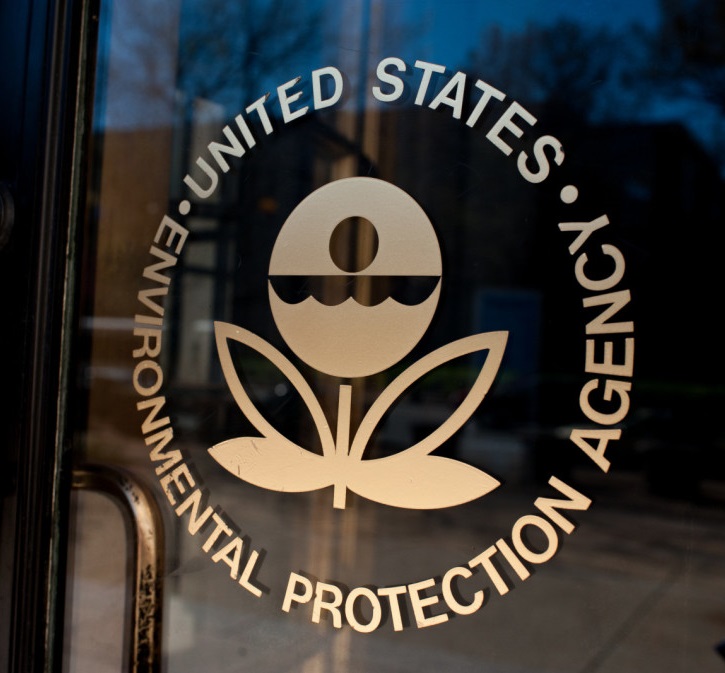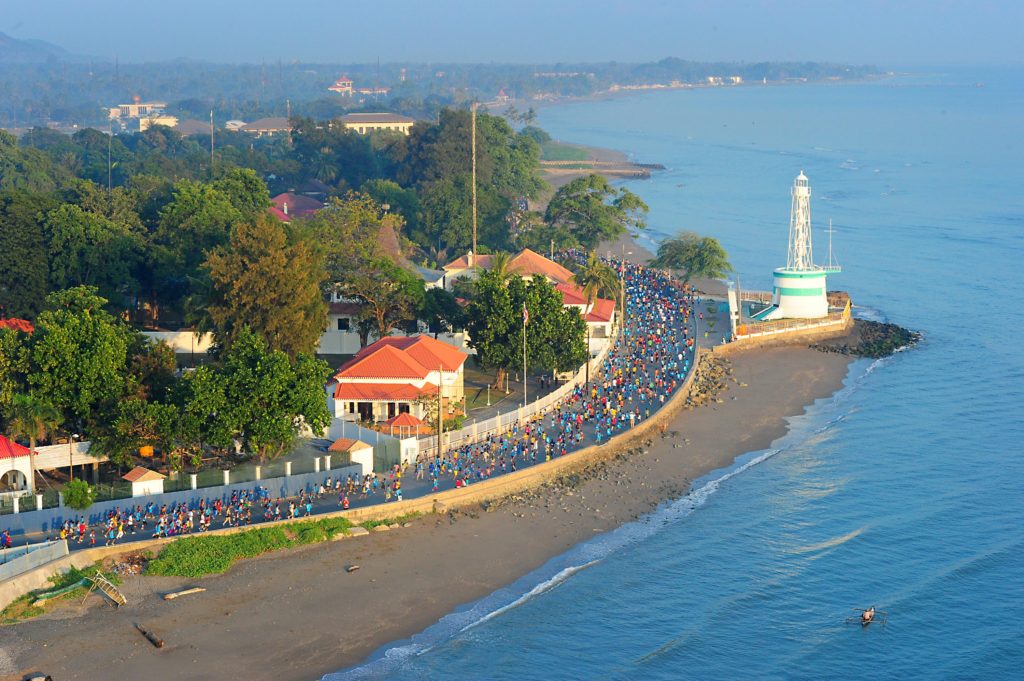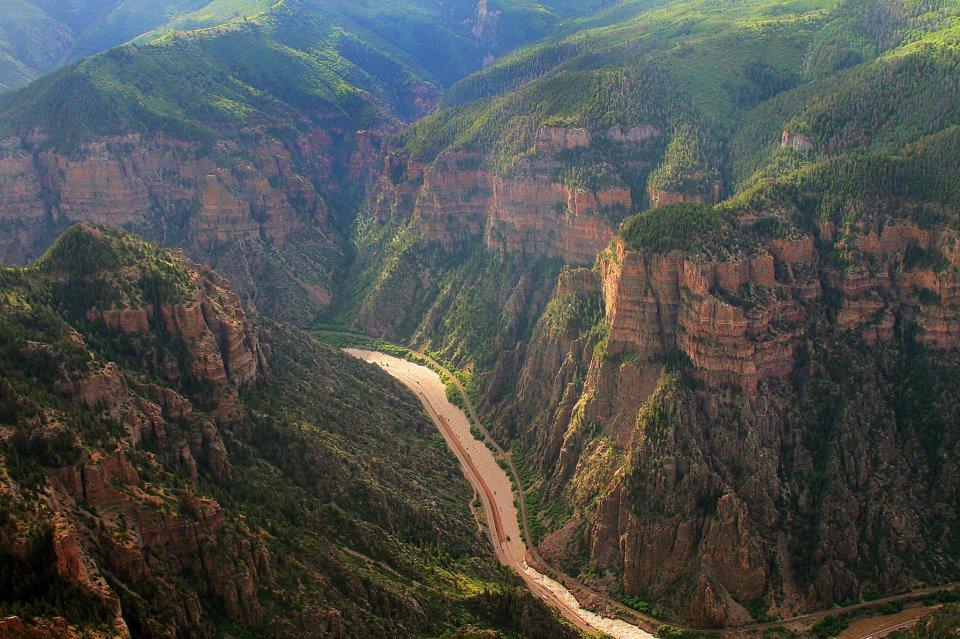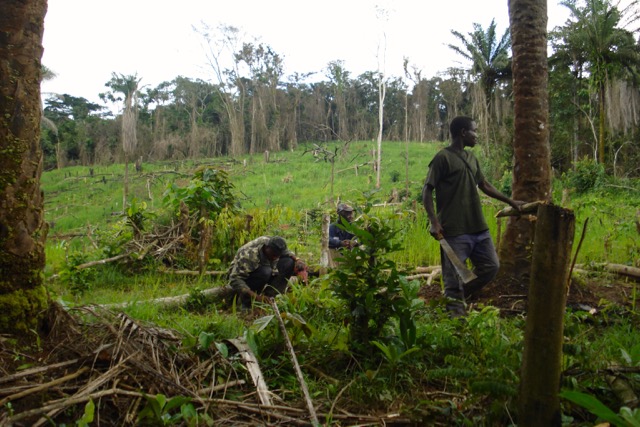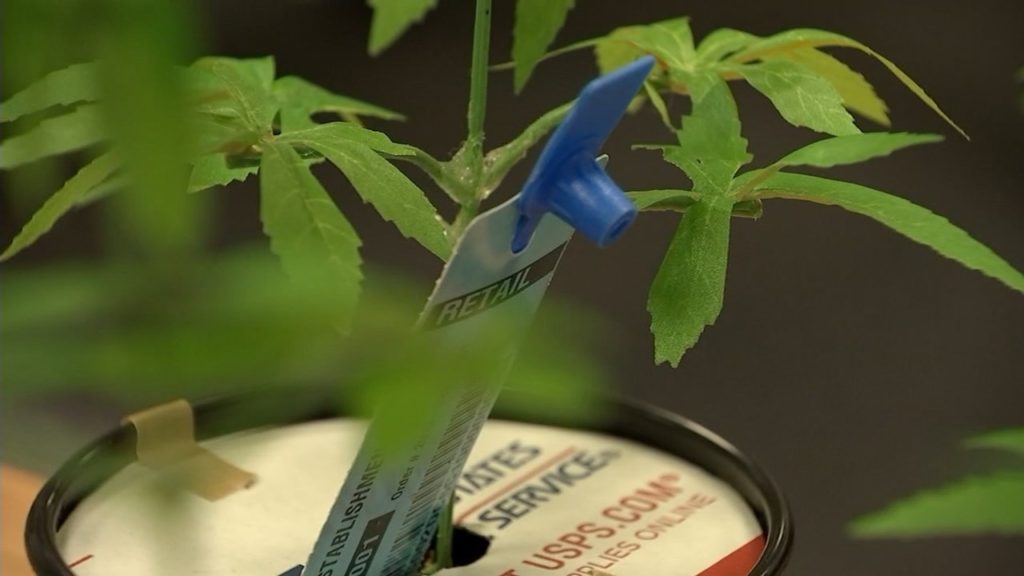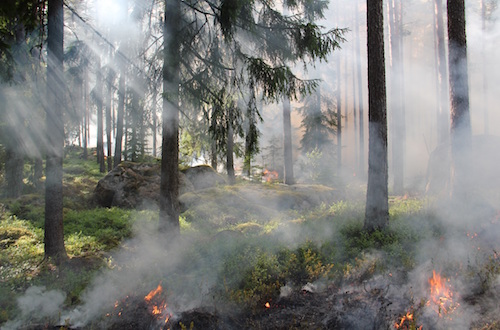
The issue of multiple, large-scale wildfires was confronted by the Bureau of Land Management, through Oregon Consensus in Portland, Oregon in December of 2014. CDR Associates was engaged to help Harney County, OR face the specter of mega-fires in sagebrush country.
With the help of a “Core Team” made up of Federal officials (from BLM and US Fish and Wildlife Service), scientists (USDA Agricultural Research Service), environmentalists (The Nature Conservancy), a County Commissioner, and ranchers, CDR began working on this project in February 2015. First, CDR and the Core Team first worked to create a larger group called the Harney County Wildfire Collaborative. The Collaborative included members from Oregon Department of State Lands, Oregon Department of Fish and Wildlife, members of six Rangeland Fire Protection Associations (the volunteer firefighters for the county), firefighters from federal agencies, members of two other environmental groups, as well as chiefs of tribal, city and county fire departments.
The Collaborative agreed to meet for a full day once a month in Burns. Further, they agreed that the purpose of the Collaborative was to reach consensus on specific, achievable, tangible and measurable steps to be taken by all entities (both public and private) to reduce the potential for and impact of mega-fires in Harney County.
The first topic addressed by the Collaborative was suppression — defined as the communication, coordination and integration of actions taken to put fires out in both initial attack and extended attack. The Collaborative will then tackle the issue of prevention – meaning, what has changed ecologically and administratively in addressing mega-fires. The Collaborative identified where their energy could be focused to reduce both the instance of and the damage done by mega-fires.
The next tasks for CDR and the Collaborative are 1) to identify a pilot site and 2) Agree on the most effective tools to reduce the site’s vulnerability to mega-fire.
If you would like to know more, find Mary Margaret’s contact information here.

